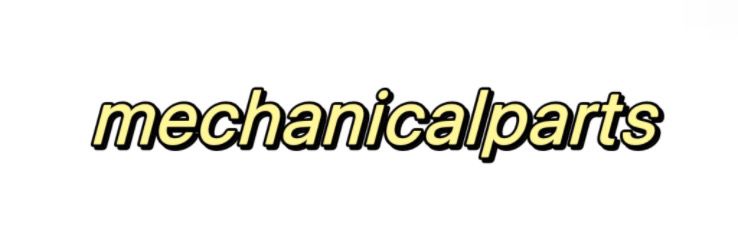Vertical Shaft Impact Crusher vs. Traditional Crushers: Key Differences Revealed
When it comes to crushing rocks and mineral materials, the choice of machinery can significantly impact efficiency and end-product quality. Among the options, the vertical shaft impact (VSI) crusher stands out for its unique design and operational capabilities. But how does it compare to traditional crushers? This article delves into the key differences between vertical shaft impact crushers and traditional models, helping you understand which option may best suit your needs.
Are you interested in learning more about Vertical shaft impact crusher(pt,th,tr)? Contact us today to secure an expert consultation!
Understanding Vertical Shaft Impact Crushers
Vertical shaft impact crushers operate on a different principle than conventional horizontal crushers. Instead of relying on mechanical force from multiple points, a VSI crusher uses high-speed rotors to propel material against a vertical surface, breaking it down through impact. This methodology allows for the production of sand and fine aggregates, making it increasingly popular in the construction and mining industries.
Traditional Crushers Explained
Traditional crushers, including jaw and cone types, employ compression and shear forces to break down materials. Jaw crushers work by squeezing rocks between two plates, while cone crushers utilize a more conical shape to crush materials inward. These methods are more effective for larger particle sizes and can achieve various crushing ratios based on the design.
Key Differences Between VSI and Traditional Crushers
1. Crushing Mechanism
The primary difference lies in how these machines crush materials. VSI crushers utilize a high-speed rotor that sends material directly into a chamber where it strikes an anvil or other rocks. This results in a shattering effect that produces aggregate with a cubical shape. In contrast, traditional crushers rely heavily on mechanical pressure, which may leave sharper, more angular particles.
2. End Product Shape and Size
Because of the impact nature of VSI crushing, the output tends to be more cubic and consistent in shape. This is particularly desirable for applications like concrete and asphalt production, where uniform aggregate shape enhances strength and workability. Traditional crushers may generate a mix of shapes, which can lead to variability in the quality of the final product.
3. Material Suitability
VSI crushers are especially adept at handling softer, more abrasive materials. They excel in producing sand and fine aggregates from materials like limestone and granite. Traditional crushers, on the other hand, are more suited for hard, dense materials where compressive strength is essential.
4. Energy Efficiency
In many instances, VSI crushers can be more energy-efficient than traditional models due to their high-speed operation and lower wear rates. This efficiency translates into lower operational costs, making them an attractive option for long-term usage. Traditional crushers can be more energy-intensive, particularly when handling denser materials.
Maintenance and Durability
5. Maintenance Requirements
When comparing maintenance needs, VSI crushers often require less frequent intervention due to their fewer moving parts. However, the parts they do have, such as the rotor and shoes, can wear out quickly when processing abrasive materials. In contrast, traditional crushers might need regular check-ups and part replacements, which can lead to more extended downtime.
6. Durability Differences
Durability is another crucial factor. While both types of crushers can endure extreme conditions, traditional crushers are usually built to withstand heavier loads and resist wear better under high pressure. However, advancements in materials for VSI designs have improved their overall durability.
Cost Considerations
7. Initial Investment vs. Operational Cost
VSI crushers can sometimes have a higher initial cost than traditional crushers, depending on the brand and specifications. However, when taking into account operational costs, energy savings, and the potential for lower maintenance expenses, many operators find that a VSI unit can offer a better return on investment in the long run.
Which Choice is Right for You?
Choosing between a vertical shaft impact crusher and a traditional crusher ultimately depends on your specific requirements. If producing high-quality sand and aggregates is your goal, a VSI may be the ideal solution. For applications requiring robust crushing of harder materials, a traditional crusher might be more appropriate.
Conclusion
In summary, both vertical shaft impact crushers and traditional crushers have their own unique advantages and disadvantages. Understanding these distinctions can guide you toward making an informed decision that meets your operational needs and material requirements. As technology continues to evolve, staying aware of these differences can help you leverage the right equipment for your project, ultimately enhancing productivity and output quality.
If you are looking for more details, kindly visit Scraper Feeder.
Previous
None
If you are interested in sending in a Guest Blogger Submission,welcome to write for us!



Comments
0